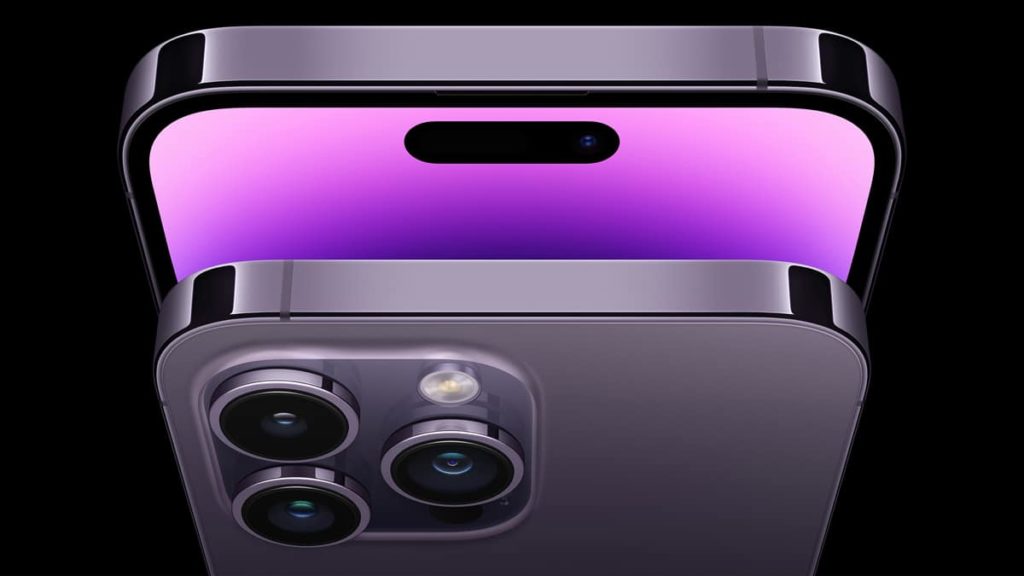
Ray tracing has been continuing to gain a foothold in gaming with its ability to provide more realistic lighting and shadows and now a new report indicates that Apple was working to add it to the iPhone 14 Pro. The Information has said, behind a paywalled report, that Apple reportedly had to abandon the feature after numerous design mistakes were made during its development causing Apple to instead reuse the previous architecture used for the A15 chip in the A16 chip featured in the latest iPhone.
“Apple planned a generational leap for the graphics processor in the latest version of its high-end smartphones, the iPhone 14 Pro. But engineers were too ambitious with adding new features, and early prototypes drew more power than what the company had expected based on software simulations.”
Apple’s engineers had a problem on their hands with the new processor drawing more power than anticipated thus draining the battery more quickly, something many iPhone users would find unacceptable. Additionally, there were heat concerns, another thing Apple would want to avoid after the exploding battery incidents that have plagued various cell phones for one reason or another including heat, lack of adequate space for the battery, and other battery and charging-related issues.
Battles on Multiple Fronts
The report also cites other complications in that hindered getting the A16 into shape. From limited gains with the silicon, aka Moore’s Law, to ongoing legal costs in lawsuits against other chipmaking competitors, and ongoing staffing shakeups, Apple reportedly had too many things working against them in meeting the September launch deadline. Apple’s premier team had experienced multiple staff leaving the company to join rivals and it even led to Apple preparing presentations for staff emphasizing the risks of leaving for startups. All of this ultimately led to a plan B that involved basically upgrading the previous chip in order to get a new product out the door.
